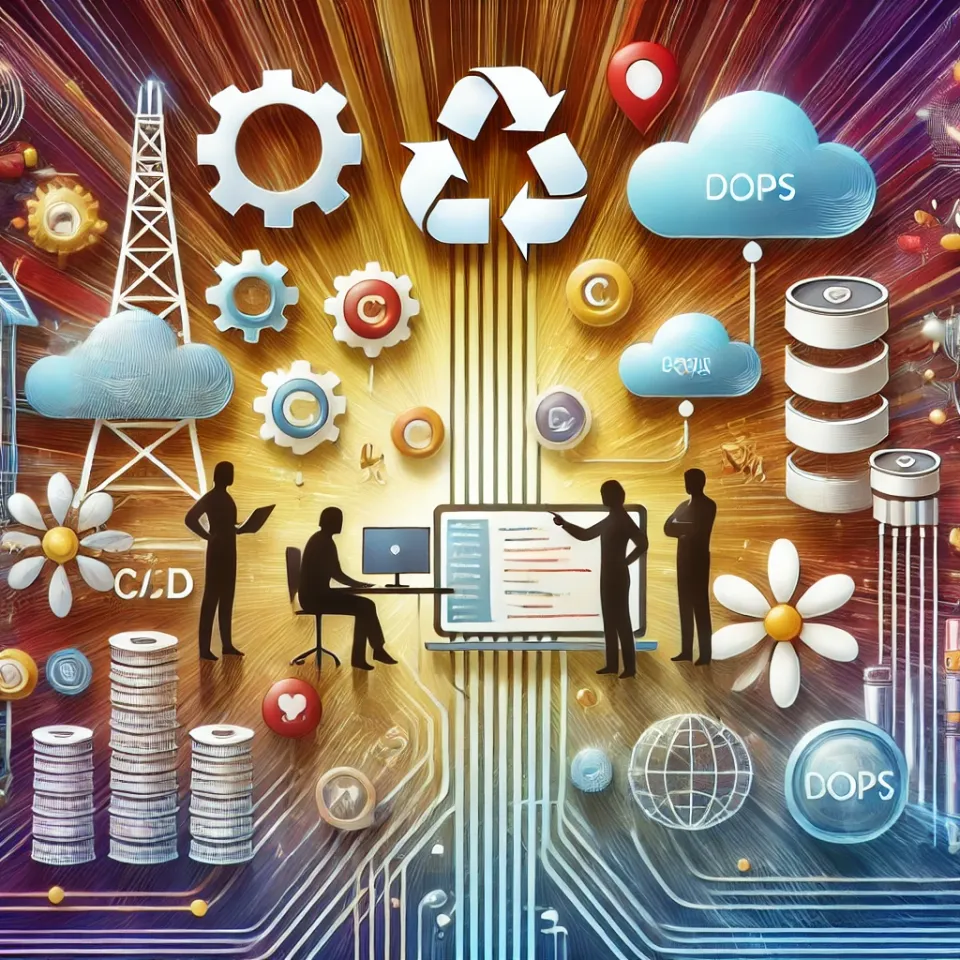DevOps – The Cultural Backbone

In today’s technology landscape, the terms "DevOps," "Site Reliability Engineering (SRE)," and "Platform Engineering" are often used interchangeably. However, while they overlap in principles and objectives, each represents a distinct approach to managing software delivery and operations. In this three-part blog series, we’ll explore the differences, intersections, and unique value of these practices. Let’s start with the foundational movement: DevOps.
What is DevOps?
DevOps is not a tool or a job title—it’s a culture. At its core, DevOps is a set of practices and philosophies aimed at bridging the gap between development ("Dev") and operations ("Ops") teams. By fostering collaboration, automating processes, and emphasizing continuous delivery,
A long time ago, there were two teams for development and operations where the development team would program the requirements that a product owner or project manager would deliver. Once all the requirements were completed a release would be prepared and the operations team would push the new release into the production server. This could happen once a quarter or even once a year where there was a large lag time between gathering the requirements and delivering the software. DevOps seeks to accelerate software development while maintaining high reliability and quality.
Key Principles of DevOps
- Collaboration and Communication DevOps promotes a shared responsibility for the software development lifecycle. Developers and operations teams work together from planning to production, ensuring seamless handoffs and faster problem resolution.
- Automation Automation is the cornerstone of DevOps. Tasks like testing, deployment, and infrastructure provisioning are automated to reduce human error and improve efficiency.
- Continuous Everything • Continuous Integration (CI): Code is frequently merged and tested. • Continuous Delivery (CD): Software is always ready for deployment. • Continuous Monitoring: Applications and systems are observed in real-time.
- Customer-Centric Outcomes DevOps prioritizes delivering value to customers by aligning development goals with business objectives.
Tools of the Trade
DevOps relies on an ecosystem of tools, such as:
- CI/CD pipelines: Jenkins, GitHub Actions, CircleCI
- Infrastructure as Code (IaC): Terraform, Ansible, Pulumi
- Monitoring: Prometheus, Grafana, Datadog
There are plenty of more tools, but these are a few to get started
Challenges
While DevOps provides immense benefits, it’s not without challenges:
- Cultural resistance: Shifting mindsets across siloed teams can be difficult.
- Toolchain complexity: Managing a diverse set of tools can introduce its own overhead.
- Security integration: Adding DevSecOps principles requires careful planning.
DevOps sets the stage for agility and collaboration, but as organizations scale, new challenges arise. This is where Site Reliability Engineering steps in.
Check out Part 2 for finding out what it means to be an SRE
Review the DORA reports for in depth analysis of best practices and what currently works in industry as a new one comes out every year.




